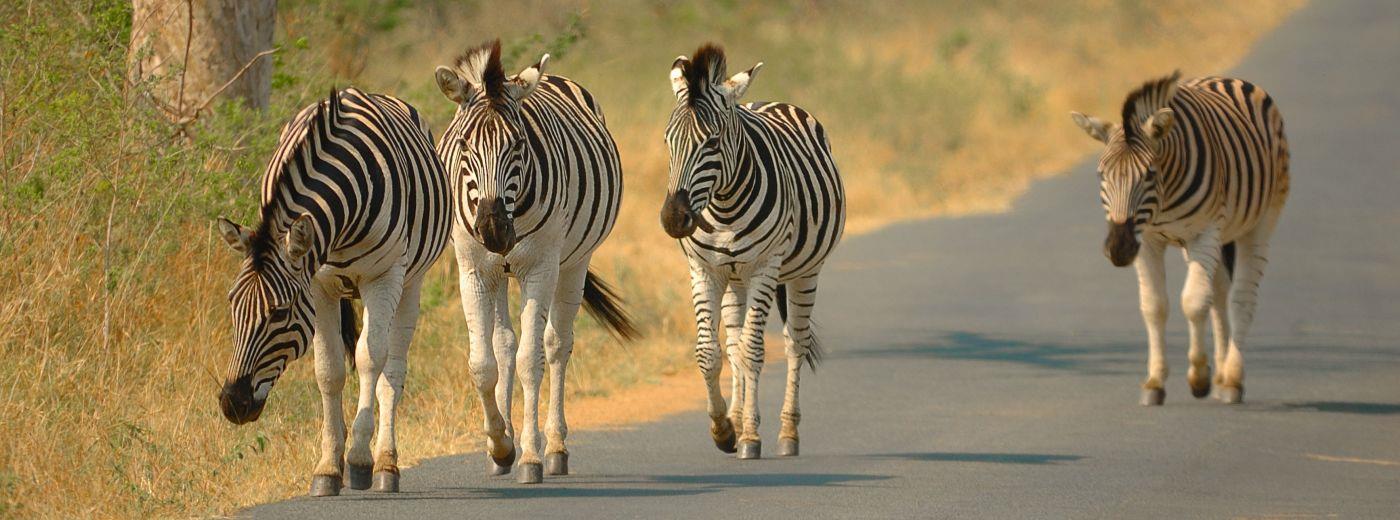Discover Kruger On A Self-Drive Safari
Self-drive in Kruger is a truly wonderful experience - the thrill of driving along a road by yourself and coming across a pride of lions basking under a nearby tree, or waiting at a peaceful waterhole and having a sighting all to yourself is hard to beat.
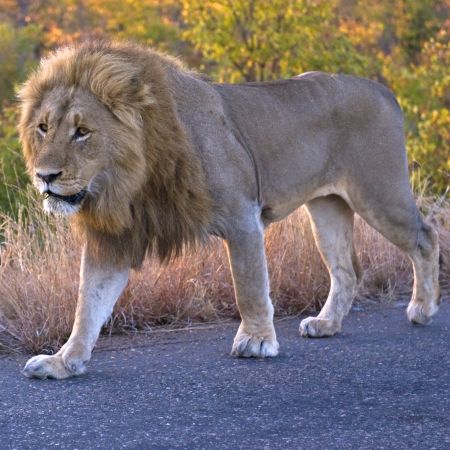 The Kruger National Park is the premier self-drive safari destination in South Africa, with an unbeatable variety of wildlife and habitats to explore, an excellent infrastructure of roads, inexpensive accommodation options, and a feeling of huge, wide-open spaces.Covering an area of nearly 8,000 square miles, the Park boasts an exceptionally rich mix of wildlife, including some 490 species of bird, 147 mammal species, 94 different reptile species, 33 types of amphibians and a magnificent array of over 200 different kinds of trees.
The Kruger National Park is the premier self-drive safari destination in South Africa, with an unbeatable variety of wildlife and habitats to explore, an excellent infrastructure of roads, inexpensive accommodation options, and a feeling of huge, wide-open spaces.Covering an area of nearly 8,000 square miles, the Park boasts an exceptionally rich mix of wildlife, including some 490 species of bird, 147 mammal species, 94 different reptile species, 33 types of amphibians and a magnificent array of over 200 different kinds of trees.
Kruger has very hot, wet summers and cool, dry winters. The winter months are possibly the best for game viewing - water is scarcer, so animals are more reliant on waterholes or rivers, which means greater game viewing opportunities around these areas. Although the vegetation around these areas remains lush, the grass elsewhere becomes much drier and shorter, making it easier to spot wildlife.
Facts for the Self-Drive Visitor to Kruger
The Kruger Park is a malaria area, so we strongly advise that you check with your doctor to find out what malaria tablets you will need, and when you should commence the course.
If you do not want to have to take malaria tablets then have a look at our guide to safaris in malaria-free areas.
If you are planning a self-drive safari holiday to the Kruger National Park, make sure you read these all-important Facts for the Visitors, which includes gate opening and closing times, and gives more information about driving your hire car in the Park.
The Different Regions
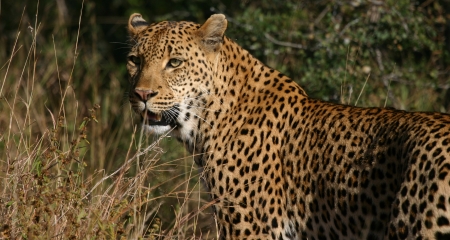 The Kruger Park is divided into 4 main regions - the Southern region, the Central region, the Northern region, and the Far Northern region.
The Kruger Park is divided into 4 main regions - the Southern region, the Central region, the Northern region, and the Far Northern region.
Staying In The Park
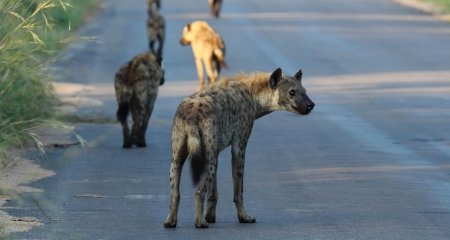 Self-drive visitors have the choice of staying at one of the many National Park Rest Camps that are situated throughout the Park.
Self-drive visitors have the choice of staying at one of the many National Park Rest Camps that are situated throughout the Park.
When to Visit
There is never a bad time to visit Kruger, but each of the two major seasons has it's advantages.
During the winter months of May to August, the temperature is cooler, and it is easier to find the animals as they tend to congregate around waterholes and rivers. This is also ofen the best time to find a special offer or lower price as a safari lodge.
During the summer months of October to April, heavy rain showers and storms are frequent. As a result of the rain, the grass is lush and green, and many animals give birth at this time as there is plenty of food and water around. The downside is that the lush green vegatation can make game viewing more difficult.
Find out more about when to visit Kruger.
Getting There and Away
There are excellent flight connections from Johannesburg to the airports near the Park, and there are also regular direct flights from Cape Town and Victoria Falls. From these airports, you can then collect your hire car and set off on your self-drive safari adventure.
If you are starting from Johannesburg, you can pick up your hire car here and drive to Kruger - it is a straightforward drive, but you would need to allow up to 6 hours for the journey.
You can read more about the various travel options here.
The Lowveld Area Around Kruger
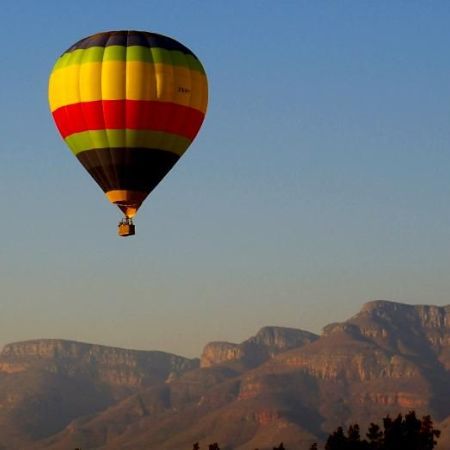
As well as the dramatic scenery of the Panorama Route, there are plenty of other attractions in the Lowveld area around Kruger to make a stay of a few days a really worthwhile addition to your holiday.
There are some excellent animal rehabilitation centres where rescued animals are looked after with the aim of returning them to the wild where possible. Visitors to these centres are directly contributing to the conservation effort of these centres, and they provide a fascinating insight into the challenges of maintaining a wild habitat and balancing this with the needs of local farmers.
For the more adventurous visitor there are hiking trails, whitewater rafting, and balloon flights that all offer a great way of seeing this beautiful part of the country from a different perspective.

